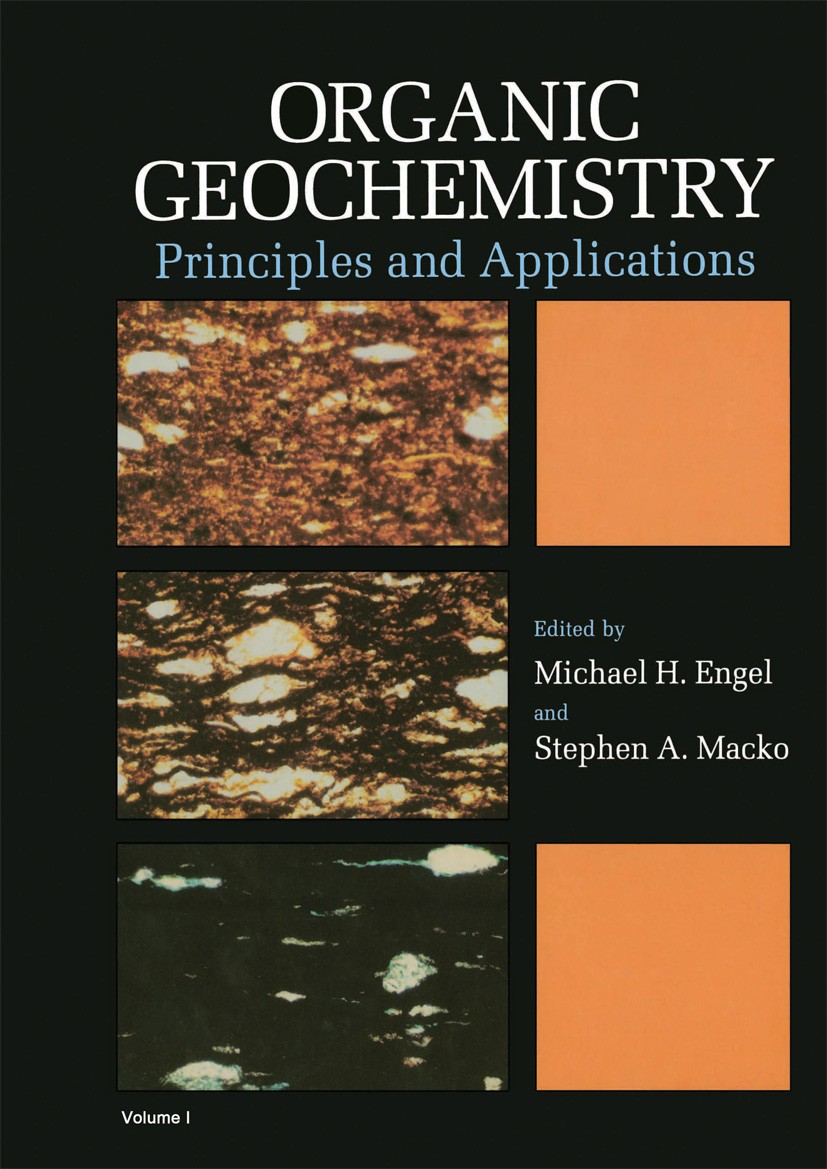Discerning diagenetic pathways for discrete sterol precursors
IF 2.5
3区 地球科学
Q2 GEOCHEMISTRY & GEOPHYSICS
引用次数: 0
Abstract
Studies of steroidal hydrocarbons in sedimentary sequences have helped elucidate the diagenetic fate of sterols, although discrete aspects of their transformation pathways remain unresolved. Steroidal hydrocarbons are prominent aliphatic hydrocarbons in Campanian to Paleocene sediments (∼78–63 Ma) recovered from the Transkei Basin (Hole U1581B), offshore South Africa, during IODP Expedition 392. Their distributions parallel those observed for other immature marine Cretaceous sediments, comprising C27 to C29 Δ4- and Δ5-sterenes and Δ4,22- and Δ5,22-steradienes, 20S and 20R diasterenes, partially rearranged sterenes (19-nor-5β-methylster-8-enes), and 5α- and 5β-steranes. In the upper Campanian through Danian sediment sequence, the proportion of C28 steradienes (>60%) far exceeds that for sterenes and steranes (∼10–30%) likely reflecting major phytoplankton contributions of their C28 Δ5,22 sterol precursor. The composition of steroidal hydrocarbons changes systematically with depth matching the succession of proven diagenetic transformations, including progressive increase in 20S/(20S + 20R) diasterenes. The occurrence of partially rearranged sterenes (19-nor-5β-methylster-8-enes) and increasing amounts of diasterenes in the middle Campanian are accompanied by a concomitant decrease in the proportions of sterenes and steradienes. Increasing downcore proportions (∼20%) of C28 steranes and diasterenes indicates a pathway for diagenetic hydrogenation of Δ4,22- and Δ5,22-steradienes to Δ4- and Δ5-sterenes, which are subsequently rearranged to diasterenes or reduced to 5α- and 5β-steranes dependent on the agency of clay catalysis. Hence, contributions from steradienes lead to the diagenetic evolution of the carbon number distributions of steranes and diasterenes as they gradually become an aggregate measure of all sterol precursors.

识别离散固醇前体的成岩途径
沉积序列中甾体烃的研究有助于阐明甾体烃的成岩命运,尽管它们转化途径的离散方面仍未得到解决。甾体烃是在南非特兰斯凯盆地(U1581B孔)的坎帕纪至古新世沉积物(~ 78-63 Ma)中发现的主要脂肪烃。它们的分布与其他未成熟海相白垩纪沉积物相似,包括C27 ~ C29 Δ4-、Δ5-sterenes和Δ4、22-和Δ5、22-甾体烯、20S和20R二甾体烯、部分重排甾体烯(19-no -5β-甲基酯-8-烯)和5α-和5β-甾体烯。在上坎帕纪至大年沉积序列中,C28甾烷的比例(60%)远远超过甾烷和甾烷的比例(~ 10-30%),这可能反映了浮游植物对C28 Δ5,22甾醇前体的主要贡献。甾体烃的组成随着深度的变化而系统地变化,与已证实的成岩转化序列相匹配,包括20S/(20S + 20R)二萜的逐渐增加。在坎帕尼亚中部,部分重排甾体(19-no -5β-甲基酯-8-烯)的出现和二甾体数量的增加伴随着甾体和甾体比例的降低。C28甾烷和二甾烷的下核比例增加(~ 20%)表明Δ4,22-和Δ5,22-甾烷的成岩加氢为Δ4-和Δ5-sterenes的途径,随后根据粘土催化作用重排为二甾烷或还原为5α-和5β-甾烷。因此,甾烷和二甾烷的碳数分布随着它们逐渐成为所有固醇前体的综合衡量标准而发生演化。
本文章由计算机程序翻译,如有差异,请以英文原文为准。
求助全文
约1分钟内获得全文
求助全文
来源期刊

Organic Geochemistry
地学-地球化学与地球物理
CiteScore
5.50
自引率
6.70%
发文量
100
审稿时长
61 days
期刊介绍:
Organic Geochemistry serves as the only dedicated medium for the publication of peer-reviewed research on all phases of geochemistry in which organic compounds play a major role. The Editors welcome contributions covering a wide spectrum of subjects in the geosciences broadly based on organic chemistry (including molecular and isotopic geochemistry), and involving geology, biogeochemistry, environmental geochemistry, chemical oceanography and hydrology.
The scope of the journal includes research involving petroleum (including natural gas), coal, organic matter in the aqueous environment and recent sediments, organic-rich rocks and soils and the role of organics in the geochemical cycling of the elements.
Sedimentological, paleontological and organic petrographic studies will also be considered for publication, provided that they are geochemically oriented. Papers cover the full range of research activities in organic geochemistry, and include comprehensive review articles, technical communications, discussion/reply correspondence and short technical notes. Peer-reviews organised through three Chief Editors and a staff of Associate Editors, are conducted by well known, respected scientists from academia, government and industry. The journal also publishes reviews of books, announcements of important conferences and meetings and other matters of direct interest to the organic geochemical community.
 求助内容:
求助内容: 应助结果提醒方式:
应助结果提醒方式:


